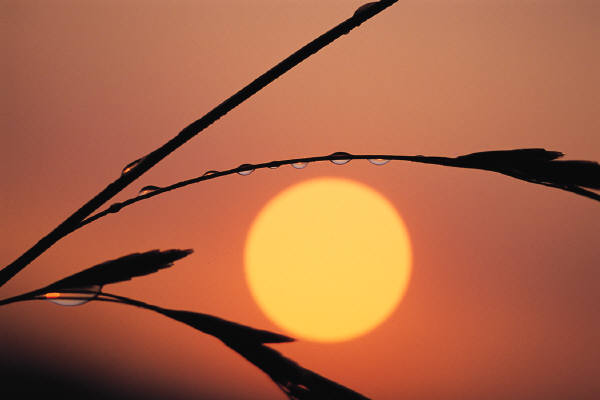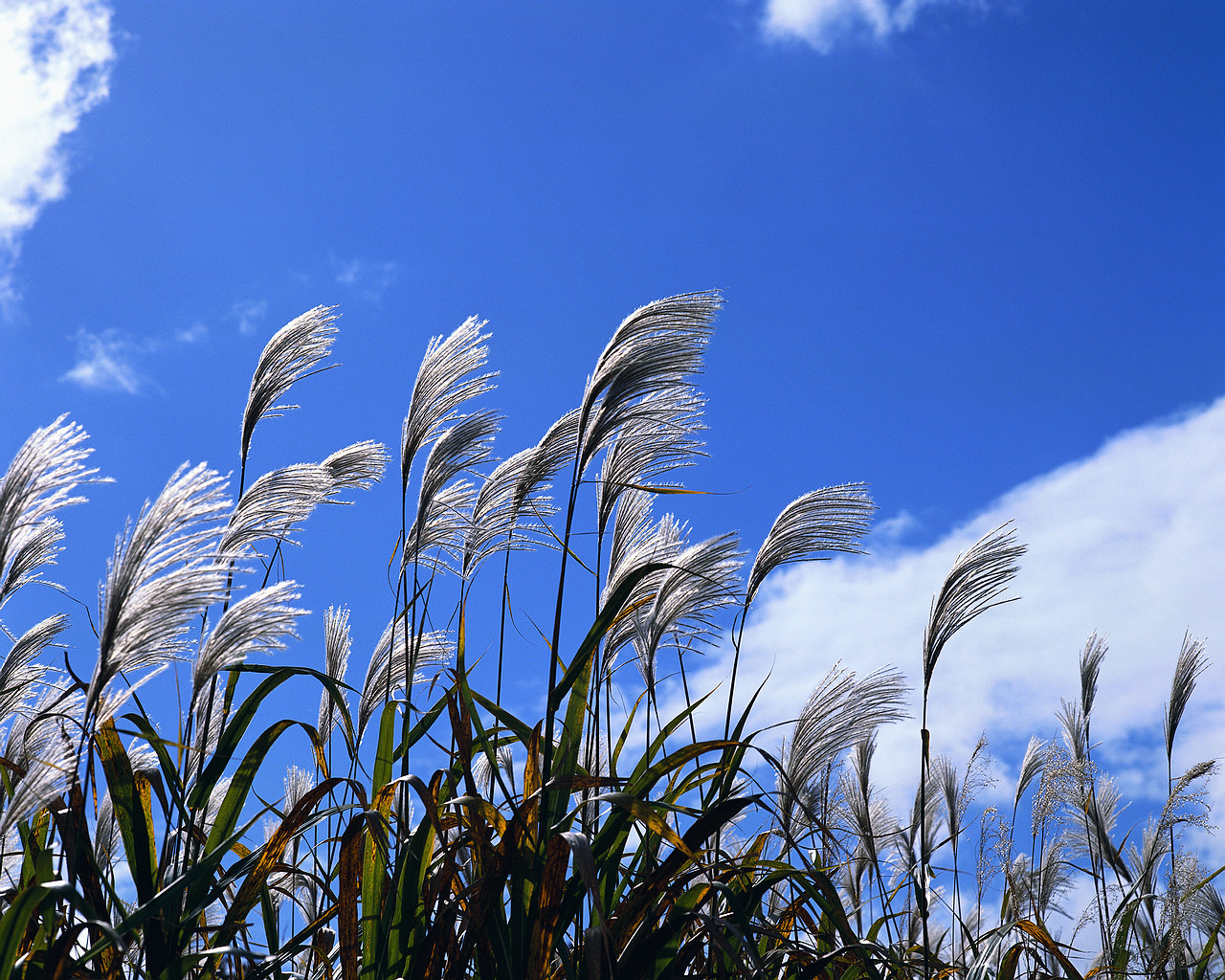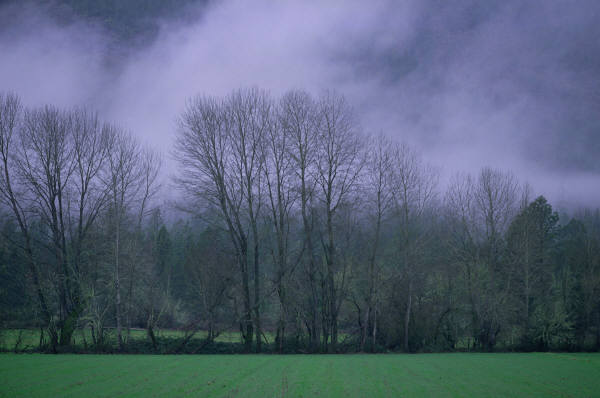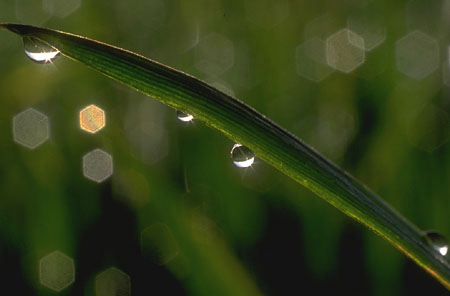 n
May 3rd, I had the privilege to attend a workshop at the Cibolo Nature
Center in Boerne on Texas native grasses. The workshop was lead by
authors and photographers, Brian and Shirley Loflin. Their latest book,
Native Grasses and Photography, was also available for purchasing.
Trying to learn the names of all our native grasses proved to be quite
a challenge for me that day! Fortunately, the Loflins provided us with
a list/handout of some wonderful grass mixes for the Edwards Plateau.
These are grasses that do well under full or partial sun in sand, loam,
clay, caliche, limestone or calcareous soil such as ours. If you Google
any of these, you can usually find more information and images on the
species.
n
May 3rd, I had the privilege to attend a workshop at the Cibolo Nature
Center in Boerne on Texas native grasses. The workshop was lead by
authors and photographers, Brian and Shirley Loflin. Their latest book,
Native Grasses and Photography, was also available for purchasing.
Trying to learn the names of all our native grasses proved to be quite
a challenge for me that day! Fortunately, the Loflins provided us with
a list/handout of some wonderful grass mixes for the Edwards Plateau.
These are grasses that do well under full or partial sun in sand, loam,
clay, caliche, limestone or calcareous soil such as ours. If you Google
any of these, you can usually find more information and images on the
species.
Buffalograss
Curly mesquite
Green sprangletop
Hairy tridens
Halls panicum
Purple three-awn
Red grama
Sideoats grama
Slim tridens
Texas grama
Texas wintergrass
Fortunately, I did come away with about seven grass species that I could definitely identify. These were easy, since we have an abundance of them on our place off Nixon Drive. These are the Lindheimer muhly, purple three-awn, blue grama, the coppery looking little-blue-stem, lovegrass, rosettegrass and the dreaded invasive King Ranch bluestem.
Additional information on the handout included a “proven combination” of native, sun, turfgrasses, which also do well in sand, loam, clay, caliche, and/or limestone, if planted under full sun. This proven combination consists of 34% Blue grama and 66% Buffalograss. They did mention that Buffalograss would need extra watering and fertilizing if planted in the shade.
The handout they
gave us states that these “short turf grasses can cut your yard
maintenance in half.” Their maximum height is 5-8 inches tall,
need no extra watering once established, do not need any fertilizer,
are free of pests and provide natural beauty. Most of this information
on the lists was taken from Native American Seed Company website at
www.seedsource.com which is a great source for purchasing native grass
seed. Incidentally, if you visit their website this week they have
a great article on grasses titled,
“ Living on the Face of the Earth… What Holds it all Together? GRASSES”
As a student of nature, and a Certified Texas Master Naturalist, I have learned that our beautiful native grasses have very deep roots. If the grass is a foot tall, than rest assured that the root will be at least that deep if not deeper. This is why they don’t require as much water as your typical sod grasses. The recommendation is to mow these native grasses only once a year in the fall. If you notice, our parks are mowed only once a year, usually during the fall, and are doing well, with no care of any kind. Erosion occurs when the grasses are kept short due to over-mowing or overgrazing. This decreases the height of the grass and consequently decreases the depth of the roots.
If you are curious and would like more information on this or any nature topic, please don’t hesitate to call me at 336-2778. Perhaps we could try to identify native grass species on your place. I’d love to try! This information is provided as a free service to all Silver Hills Residents in the interest of protecting the natural Hill Country beauty found throughout our neighborhood.
Liz



